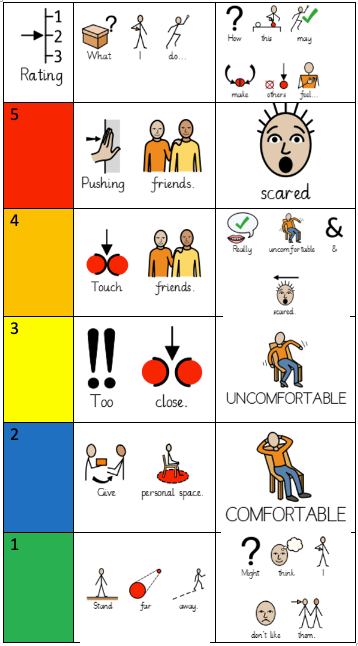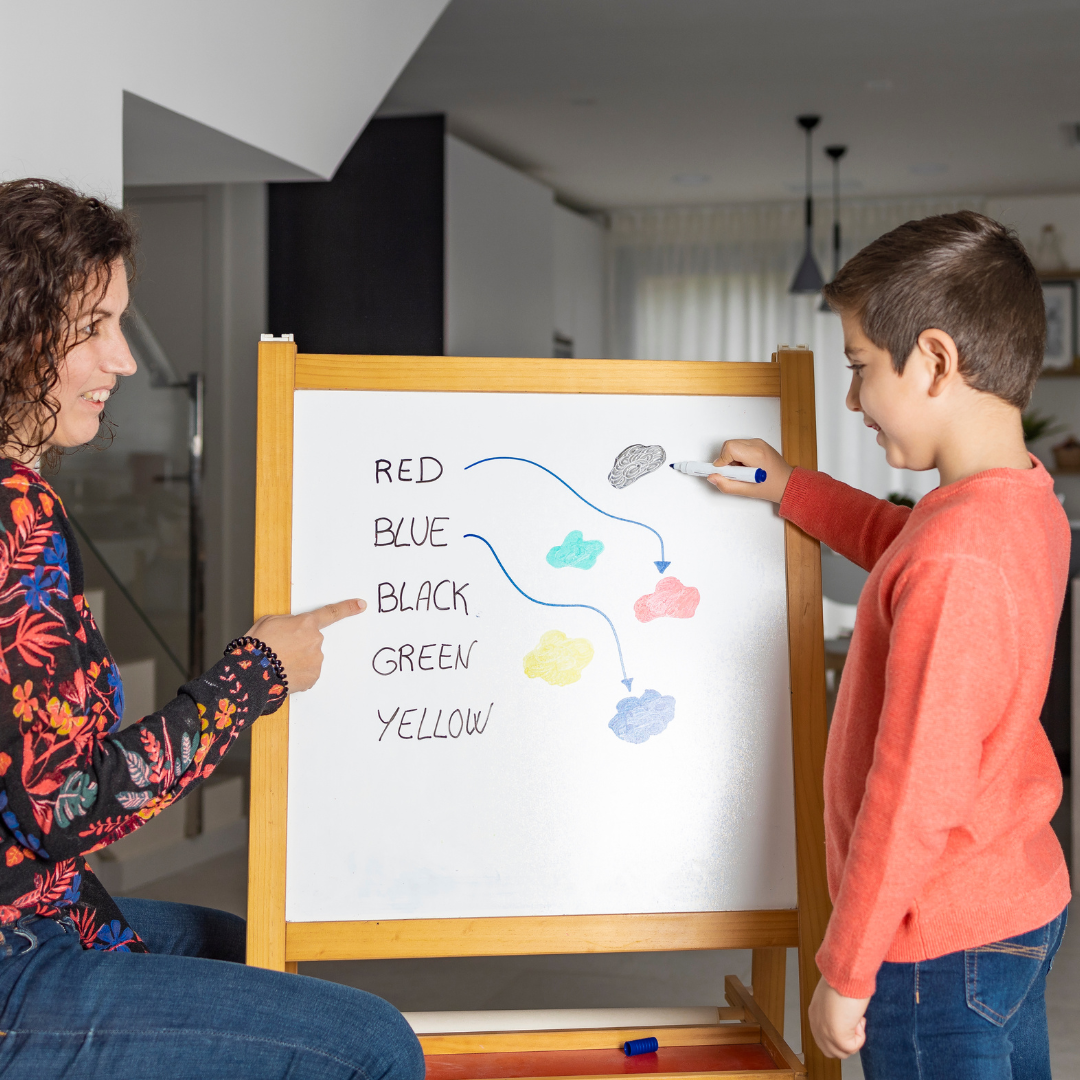The Incredible 5 Point Scale: A Tool for Emotional Wellbeing in SEN Settings
The Incredible 5 Point Scale: A Supportive Tool for Emotional Wellbeing
Rose Kight is the Intervention Lead at Fitzwaryn Special School in Wantage. She has over 11 years’ experience of teaching in an SEN setting and has recently completed an NPQ in Leading Behaviour and Culture.
Did you know that nearly 40% of young people with autism experience anxiety so intense it qualifies as a diagnosable disorder? It’s a distressing statistic (Research in Autism Disorders Journal), but behind these numbers are children navigating a world that can feel overwhelming. Everyday challenges like expressing emotions or managing social situations often spiral into dysregulation.
This year, I’m focusing on embedding tools across our school to help children recognise, communicate, and manage their emotions. Among these tools, The Incredible Five Point Scale has become a favourite, giving children ways to turn abstract feelings or concepts into a concrete, visual format that’s easy to understand.
What is The Incredible 5 Point Scale?
Imagine a vertical scale, numbered from one to five. Each number represents a level of emotion or behaviour: “one” might signify calm, while “five” represents feeling furious. The scale is easily adaptable. For example, to teach voice control, “one” might mean silence and “five” could mean screaming.
Additional columns outline what each level looks, sounds, or feels like and may include strategies to support emotional regulation. This structured approach helps teach social expectations, problem solve challenges, and plan for future scenarios. In addition, it creates a shared language, improving communication between teachers, parents, and children.
Example Scale

How I Use the 5 Point Scale:
Each morning, my class begins with a “feelings check” using the scale. To make it relatable, I personalise scales with themes, like the Colour Monster, showing emotions such as calm, happy, sad, scared, or frustrated.
In intervention sessions, I work one-to-one with pupils to develop personalised scales addressing specific challenges. For a child who wanted to play with friends but struggled to respect personal space we created a scale highlighting the different levels of interaction. “Two” represented the desired behaviour of giving appropriate space, while “five” indicated pushing. Together, we explored how these behaviours affected their friends. To reduce overload and make it easy to understand, we limited language and used relatable terms like “comfortable” and “uncomfortable.”
After interventions, I provide classroom support packs, including a desk-scale copy, a portable version, a social story, and calming tools like stress balls or fidget toys. I also train class teams, sharing tips like modelling the scale, using non-judgemental language, and celebrating pupils’ success when they use the scale.
What’s Working Well?
- Children actively engage with the scale.
- Children share that they find the 5 Point Scale helpful and feel comfortable using it.
- Increased success in IEP targets with the scale’s support.
- Positive staff feedback.
Next Steps:
- Adapt the scale further to meet the needs of more children.
- Develop a resource bank of scales for staff access.
- Provide drop-in sessions for co-creating scales, modelling the scale, or problem solving challenges.
The DFE's Mental Health and Behaviour in Schools guidance highlights the importance of developing whole-school approaches to promote good mental health, including teaching emotional regulation skills.
While visual resources are not the only answer, they can play a key role in helping children with autism navigate challenges such as communication difficulties and social demands, which are closely linked to anxiety. By providing a clear communication tool, a means to express frustration, and a structured approach to social situations, visual resources offer valuable support for fostering emotional regulation and reducing stress.




